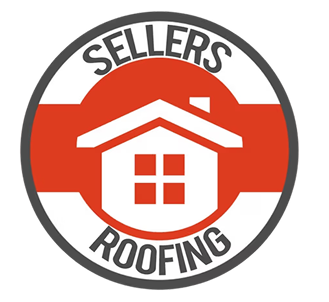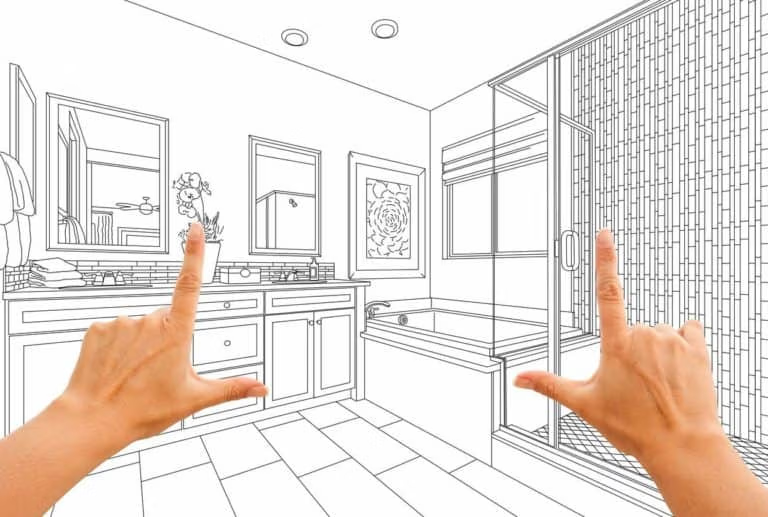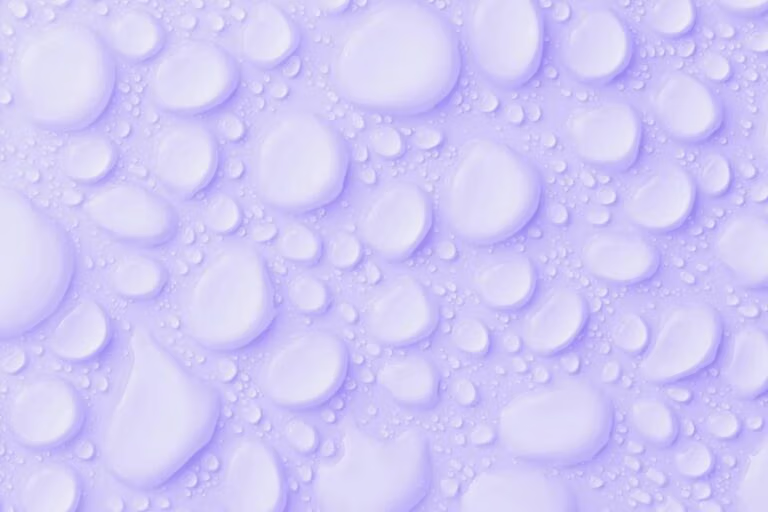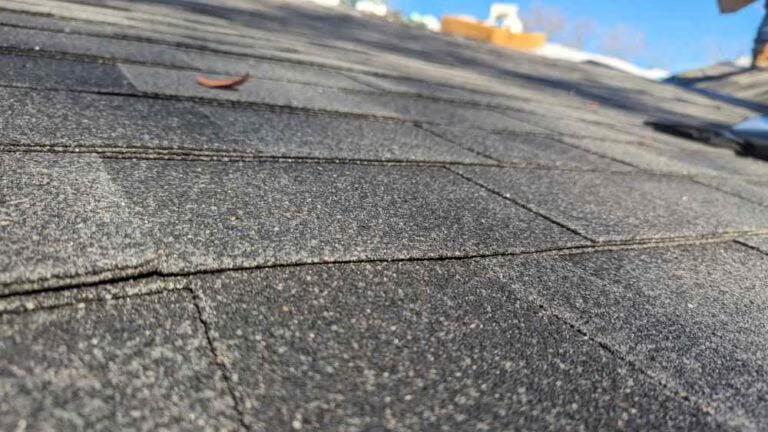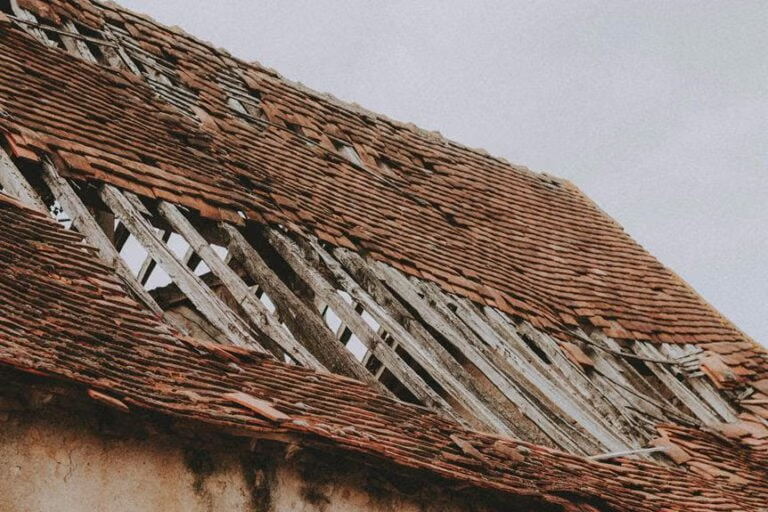Among various roofing materials, slate stands out as the most enduring option. Typically, a slate roof can last from 75 to 100 years, due to its natural stone composition, which provides exceptional durability under diverse weather conditions. Close competitors include metal roofs, which offer a lifespan of 40 to 70 years, and clay tiles, with durability ranging from 50 to 100 years. The longevity of these materials is also influenced by factors such as installation quality, maintenance, and local climate. To maximize the lifespan of your roof, understanding the specifics of each material's properties and required maintenance practices is essential. Further exploration into these aspects can equip you with the knowledge to make an informed decision.
Key Takeaways
- Slate roofs have the longest lifespan, ranging from 75 to 100 years.
- Metal roofs are also durable, lasting between 40 and 70 years.
- Clay tiles offer a longevity of 50 to 100 years.
- Choosing quality installation and materials can enhance roof durability.
- Regular maintenance and timely repairs extend the life of any roofing material.
Understanding Roofing Material Lifespans
The longevity of various roofing materials is primarily determined by their composition and environmental exposure. When evaluating options, a lifespan comparison and cost analysis are essential for homeowners seeking to maximize their investment and maintain freedom in financial planning.
Asphalt shingles, a common choice due to their cost-effectiveness, typically offer a lifespan of 15 to 30 years depending on quality. Metal roofing, while initially more expensive, can last 40 to 70 years, offering a better long-term return. Wood shingles and shakes have a natural aesthetic but require regular maintenance, lasting about 20 to 40 years.
Concrete and clay tiles stand out with a lifespan of 50 to 100 years, resisting harsh weather conditions but at a higher initial cost. Each material's durability directly influences its overall cost-effectiveness, factoring in maintenance, replacement frequency, and initial installation costs.
Considering these factors allows homeowners to align their choices with their personal and financial freedom, ensuring a roofing solution that not only lasts but also fits within their budgetary constraints and lifestyle needs. This strategic approach aids in making an informed decision that optimizes both cost and lifespan, adhering to a wise investment framework.
Slate Roofing Durability
Slate roofing, renowned for its exceptional durability, typically boasts a lifespan exceeding 100 years when properly maintained. This longevity stems from slate's natural resistance to the harsh elements that often degrade other roofing materials. Composed of fine-grained metamorphic rock, slate roofs are impervious to extreme temperatures, fire, and moisture, which contributes significantly to their durability.
Proper slate roof maintenance is crucial to ensure its longevity. Regular inspections can detect early signs of damage such as cracked, broken, or missing slates. Prompt repairs are vital to prevent water infiltration that can lead to more extensive structural damage. Additionally, making sure that gutters and downspouts are free of debris will enhance drainage and reduce the risk of water damage.
Despite its durability, the initial slate roof installation costs are notably higher compared to other materials. This is due to the weight of the slate requiring a stronger roof structure and the need for skilled labor familiar with slate's unique installation requirements. However, the investment can be cost-effective over time, considering the minimal maintenance costs and the extended lifespan of the roof, which often surpasses the initial expenditure.
Metal Roofing Benefits
Metal roofing offers considerable advantages, including exceptional durability, energy efficiency, and a high resistance to environmental factors. Designed to last over 50 years, metal roofs provide a sustainable roofing solution, greatly reducing the need for frequent replacements. Their reflective properties contribute to energy efficiency by minimizing heat absorption, which can notably lower cooling costs during warmer months.
Furthermore, metal roofing materials are inherently lightweight, which simplifies transportation and installation processes, thereby reducing overall construction time and labor costs. This lightweight nature also places less stress on building structures compared to heavier alternatives, potentially extending the life of the overall building framework.
Another key benefit of metal roofing is its recyclability. At the end of their long service life, metal roofs can be entirely recycled, contributing to resource conservation and waste reduction. This feature aligns with modern sustainable building practices and appeals to environmentally conscious consumers seeking to minimize their ecological footprint.
Clay and Concrete Tiles
Clay and concrete tiles, renowned for their durability and aesthetic appeal, represent another long-lasting roofing option. These materials are celebrated for their exceptional weather resistance, making them ideal for regions prone to harsh weather conditions. Both types of tiles withstand high winds, hail, and even fire, providing homeowners with a sense of security and reduced maintenance costs over time.
The installation process for clay and concrete tiles requires skilled craftsmanship due to their substantial weight and the need for precise placement. This guarantees maximum effectiveness in weatherproofing and durability. Professionals must assess the structural integrity of the building to support these tiles, considering their significant weight compared to lighter materials like asphalt shingles.
From a cost comparison perspective, both clay and concrete tiles represent a higher initial investment than some other roofing materials. However, their longevity and minimal upkeep translate to cost savings in the long term. Additionally, these tiles offer a wide range of colors and styles, enabling them to complement various architectural styles from Mediterranean to contemporary, thereby enhancing the building's aesthetic and potentially its market value. This adaptability, combined with their robust nature, makes clay and concrete tiles a wise choice for those seeking a blend of function and freedom in design.
Wood Shingles and Shakes
Shifting from clay and concrete options, wood shingles and shakes offer a naturally appealing aesthetic and are valued for their durability and insulating properties. These materials, typically crafted from cedar, redwood, or southern pine, blend seamlessly into natural surroundings and provide superior weather resistance. Wood shingles are machine-cut, offering a more uniform appearance, while shakes are hand-split, presenting a rougher, more textured look.
The installation process of wood shingles and shakes is vital for maximizing their lifespan, which can range up to 30 years with proper maintenance. These materials require skilled labor to make sure that each piece is correctly aligned and secured, preventing moisture penetration and promoting airflow between the shingles to minimize rot and mold growth.
Moreover, the environmental impact of using wood for roofing is significant yet nuanced. On one hand, wood is a renewable resource, especially when sourced from managed forests, and it possesses a lower carbon footprint compared to synthetic materials. However, treatment chemicals used to enhance durability and fire resistance can pose environmental concerns. Hence, selecting FSC-certified wood and eco-friendly treatment options can mitigate these impacts, aligning with the values of homeowners who prioritize sustainability and freedom in their lifestyle choices.
Synthetic Roofing Options
While wood shingles represent a traditional choice, synthetic roofing materials such as rubber, plastic, and polymer composites offer modern alternatives that are both durable and environmentally friendly. These materials are engineered to provide superior longevity and resistance against environmental stressors like UV radiation and extreme temperatures.
Synthetic roofing options are increasingly popular for their eco-friendly attributes. Many synthetic materials are made from recycled content and are fully recyclable at the end of their lifespan, making them excellent choices for sustainable building practices. Additionally, these materials often meet or exceed the energy efficiency standards required by modern building codes. Their reflective properties can greatly reduce cooling costs by minimizing heat absorption, a benefit that appeals to cost-conscious homeowners aiming for energy conservation.
From an aesthetic standpoint, synthetic roofs can mimic the appearance of natural materials such as slate, clay, or wood, enhancing a building's exterior with a wide range of colors and textures. This versatility allows homeowners to achieve a desired look without compromising on durability or performance.
Maintenance and Longevity Tips
How can homeowners improve the resilience and extend the lifespan of their roofing materials through proper maintenance? Regular inspections and preventative maintenance are foundational steps that guarantee longevity and best performance. By scheduling biannual assessments, ideally during spring and fall, homeowners can identify and rectify minor issues before they escalate into costly repairs. These inspections should meticulously check for signs of wear, such as cracked, missing, or damaged shingles, as well as potential leaks around vents, chimneys, and other penetrations.
Implementing weatherproofing techniques further fortifies a roof against the elements, thereby enhancing its resilience. Application of sealants and coatings can shield against UV rays and moisture, two predominant factors that lead to roofing degradation. For areas prone to extreme weather, reinforcing flashings and upgrading to impact-resistant materials can be vital durability enhancements.
Moreover, ensuring proper attic ventilation and insulation is crucial. This not only prevents ice dam formation but also minimizes temperature fluctuations that can cause roofing materials to expand and contract excessively, leading to premature wear.
Frequently Asked Questions
How Do Local Climate Conditions Affect Roofing Material Lifespan?
Local climate conditions greatly impact roofing material lifespan, affecting weather durability and maintenance requirements. Sun exposure can degrade materials, requiring careful selection and adherence to warranty specifics for best longevity and performance.
What Is the Environmental Impact of Different Roofing Materials?
The environmental impact of roofing materials varies, involving their carbon footprint, potential for recycling, and sustainability benefits. Installation impact also plays an important role, affecting both immediate and long-term ecological outcomes.
Are There Roofing Materials That Can Lower Energy Costs?
Solar panels offer longevity and greatly reduce energy costs by harnessing solar energy. Metal roofs are also beneficial, enhancing energy efficiency through their reflective properties and contributing to lower heating and cooling expenses.
What Are the Insurance Implications of Choosing Certain Roofing Materials?
Insurance implications vary with roofing materials, as coverage often considers material durability and longevity. Premiums may be influenced by warranties and the expected lifespan of the roof, impacting overall financial and maintenance freedom.
How Do Historical Preservation Requirements Influence Roofing Material Choices?
Historical preservation requirements, like a blueprint for the past, dictate choices in roofing materials based on architectural significance and historical authenticity, often influenced by local building codes aimed at maintaining material durability and appearance.
Roofing Materials with Exceptional Durability
To sum up, the pursuit of the longest-lasting roofing material amusingly mirrors humanity's search for immortality, albeit for our shelters. Slate, with its centuries-spanning lifespan, challenges the fleeting nature of human endeavors, standing resilient while countless human achievements crumble. Metal, clay, and synthetic options, while not eternal, offer significant durability that defies time's wear. Choosing the longest-lasting roofing material becomes less about mere practicality and more a demonstration of resisting the inevitable decay imposed by time.
